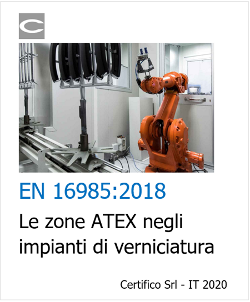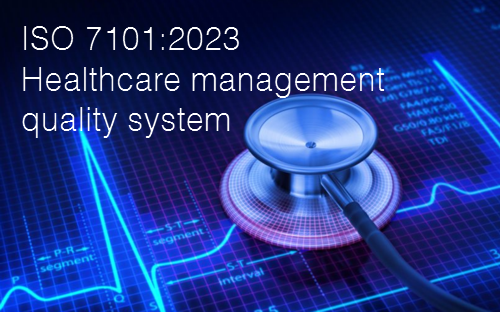Introduction
0.1 General
Healthcare systems and organizations of all sizes and structures embrace a culture of quality and continual improvement with the objective of providing timely, safe, effective, efficient, equitable and people-centred care. Given the current and future challenges in healthcare, more than ever it is vital to improve service user experience, quality of care, and provide sustainable solutions.
Healthcare organizations around the world have been facing significant threats such as decreasing financial resources, workforce shortages, increase in the number of people needing care as a result of ageing populations, increasing rates of chronic disease, lack of shared data for decision making, scarcity or inadequacy of medical equipment and medications, and an absence of clear healthcare system governance. Many countries have embarked on universal health coverage, while others struggle with rising healthcare costs. To compound this, a global pandemic has highlighted the importance of virtual healthcare, new technologies, and the need to create and adapt approaches to healthcare management and delivery. These health and organizational challenges require bold and innovative steps to improve healthcare quality around the world.
This document provides requirements for management systems for quality in healthcare organizations. As such, its target audience is broad, including any healthcare system, organization, or entity that aims to increase the quality of its healthcare delivery and care outcomes. This includes ministries of health, public and private healthcare systems, hospitals, clinics, non-governmental organizations and agencies that provide healthcare services, and more.
This document conforms to ISO’s requirements for management system standards. These requirements include a harmonized structure, identical core text, and common terms with core definitions, designed to benefit users implementing multiple ISO management system standards.
This document contains the requirements used to assess conformity. An organization that wishes to demonstrate conformity with this document can do so by:
- making a self-determination and self-declaration;
- seeking confirmation of its conformity by parties having an interest in the healthcare organization, such as service users;
- seeking confirmation of its self-declaration by a party external to the organization; or
- seeking certification/registration of its management system for quality in the healthcare organization by an external organization.
In this document, the following verbal forms are used:
- “shall” indicates a requirement;
- “should” indicates a recommendation;
- “may” indicates a permission;
- “can” indicates a possibility or a capability.
Information marked as “NOTE” is intended to assist the understanding or use of this document
0.2 Aim of a management system for quality in healthcare organizations
The aims of a management system for quality in healthcare organizations include the following:
- create a culture of quality starting with strong top management;
- embrace a healthcare system based on people-centred care, respect, compassion, co-production, equity and dignity;
- identify and address risks;
- ensure patient and workforce safety and wellbeing;
- control service delivery through documented processes and documented information;
- monitor and evaluate clinical and non-clinical performance;
- continually improve its processes and results.
0.3 Success factors
The success of a management system for quality in a healthcare organization depends on the commitment from all levels and functions of the organization, led by top management. The top management structure of the organization can create a culture of quality by including quality principles in the organization’s strategic direction, decision making, and aligning them with other operational priorities. Successful implementation of this document can demonstrate to stakeholders that an effective management system for quality in the healthcare organization is in place.
The level of detail and complexity of a management system for quality in the healthcare organization varies depending on the context of the organization, the scope of its work, its regional, national, and international conformity obligations, the nature of its activities, services provided, and resources available.
0.4 Plan-Do-Study-Act model
The approach underlying a management system for quality in healthcare organizations is based on the concept of Plan-Do-Study Act (PDSA) (see Figure 1). The PDSA model provides an iterative process used by organizations to achieve continual improvement through cycles of ongoing measurement of performance and assessment of changes. It can be applied to a management system for quality in healthcare organizations and is briefly described as follows.
- Plan: establish healthcare quality objectives and processes necessary to deliver results in accordance with the organization’s healthcare quality policy (Clause 6).
- Do: implement the processes as planned (Clauses 7 and 8).
- Study: monitor, measure and assess processes against the organization’s policies, including its commitments, objectives and operating criteria and report the results (Clause 9).
- Act: take actions to continually improve (Clause 10).
Figure 1 - Elements of a management system for quality in healthcare organizations

1 Scope
The purpose of this document is to provide organizations with requirements to deliver high-quality healthcare and specifies requirements for management systems for quality in healthcare organizations when an organization desires to:
- a) demonstrate its ability to consistently meet service user, stakeholder, and applicable statutory and regulatory requirements;
- b) enhance service user experience during the continuum of care and continually improve healthcare quality; and
- c) create and maintain processes that ensure timely, safe, effective, efficient, equitable, and people-centred care.
The requirements of this document are based on recognized best practices and are intended to be applicable to any organization providing healthcare services, regardless of its type, size, or the services it provides.




































